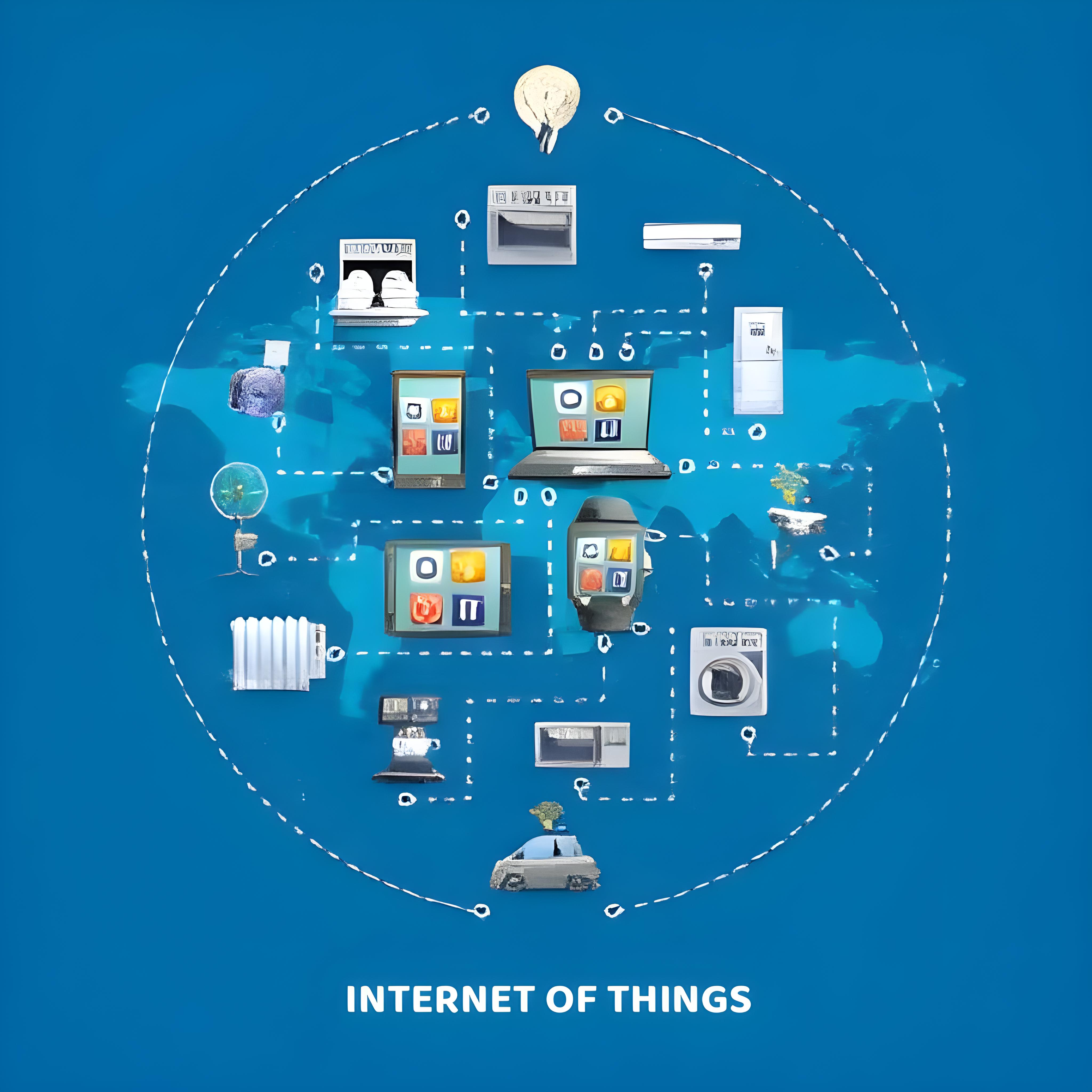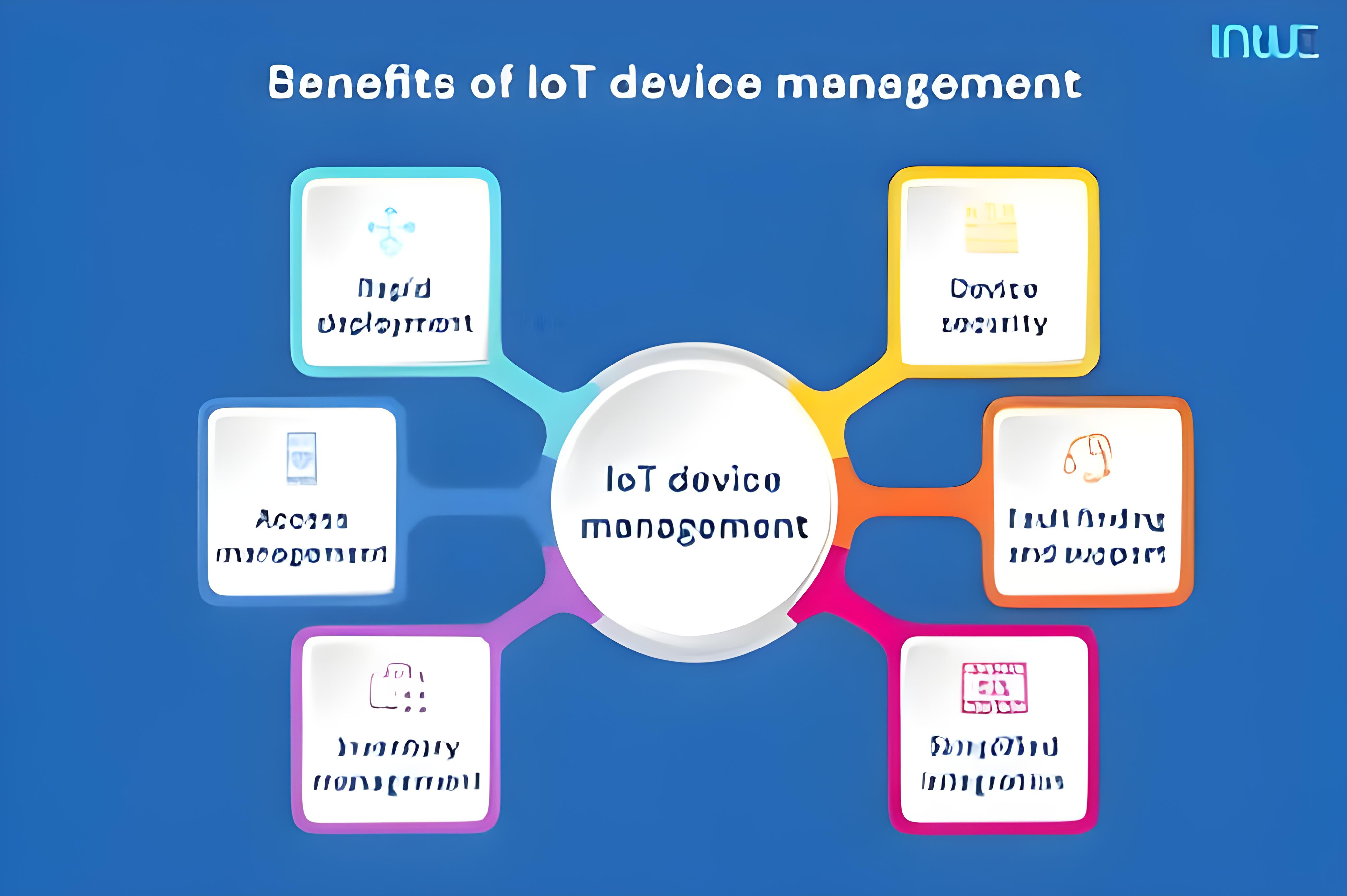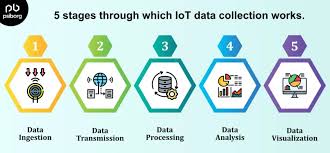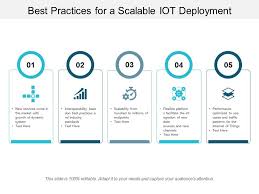
1. Introduction to IoT Services
IoT services involve connecting various devices and systems through the Internet to collect and exchange data. This connectivity allows for real-time monitoring, control, and automation of processes, enhancing efficiency and enabling smarter decision-making. IoT services are essential for creating interconnected environments in industries such as healthcare, manufacturing, transportation, and smart homes.
2. Key Components of IoT
IoT ecosystems typically include the following components:
- Devices and Sensors: Hardware that collects data from the environment.
- Connectivity: Networks that transmit data between devices and systems.
- Data Processing: Systems that process and analyze collected data.
- User Interface: Platforms and applications that allow users to interact with the IoT system.
- Security: Measures to protect data and ensure secure communication between devices.


3. IoT Device Management
Effective IoT device management is crucial for the seamless operation of IoT systems. This involves:
- Device Configuration: Setting up devices with the necessary parameters and settings.
- Firmware Updates: Ensuring devices have the latest software to enhance performance and security.
- Monitoring and Diagnostics: Continuously monitoring device health and diagnosing issues.
- Security Management: Implementing security protocols to protect devices and data from threats.
4. Data Collection and Analysis
Data collection and analysis are core aspects of IoT services. Sensors and devices gather vast amounts of data, which is then processed and analyzed to derive meaningful insights. This process involves:
- Data Aggregation: Collecting data from multiple sources for a comprehensive view.
- Real-Time Analysis: Processing data in real-time to enable immediate action and decision-making.
- Predictive Analytics: Using historical data to predict future trends and behaviors.
- Data Visualization: Presenting data in an understandable format through dashboards and reports.


5. Security in IoT
Security is a critical concern in IoT due to the interconnected nature of devices and the sensitivity of data. Best practices for IoT security include:
- Data Encryption: Encrypting data to protect it during transmission and storage.
- Authentication: Implementing strong authentication mechanisms to verify device and user identities.
- Access Control: Restricting access to data and devices based on user roles and permissions.
- Regular Updates: Keeping firmware and software up to date to mitigate vulnerabilities.
6. Best Practices for IoT Deployment
Here are some best practices to ensure successful IoT deployment:
- Scalability: Design the system to accommodate growth in devices and data volume.
- Interoperability: Ensure devices and systems can communicate and work together seamlessly.
- Energy Efficiency: Optimize device power consumption for longer battery life and sustainability.
- Compliance: Adhere to industry standards and regulations for data privacy and security.
- User Training: Educate users and stakeholders on the effective use and management of IoT systems.

